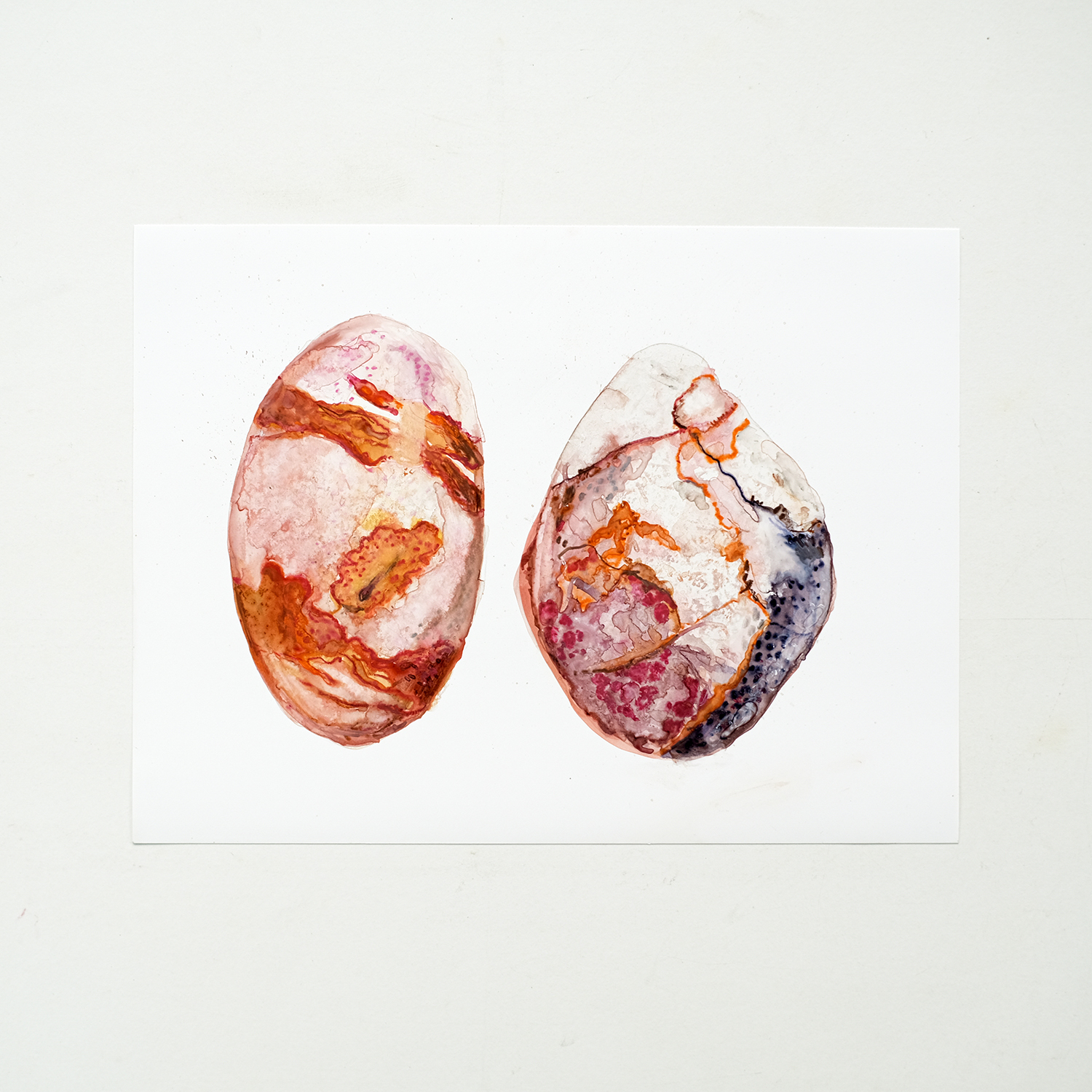Karst stone paper and woodless watercolor pencils
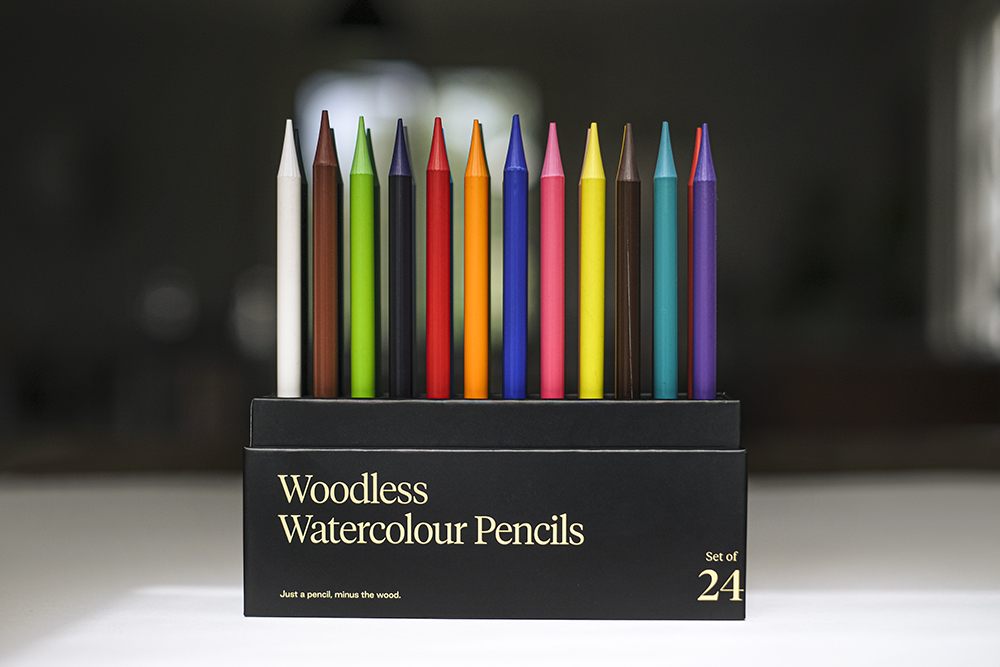
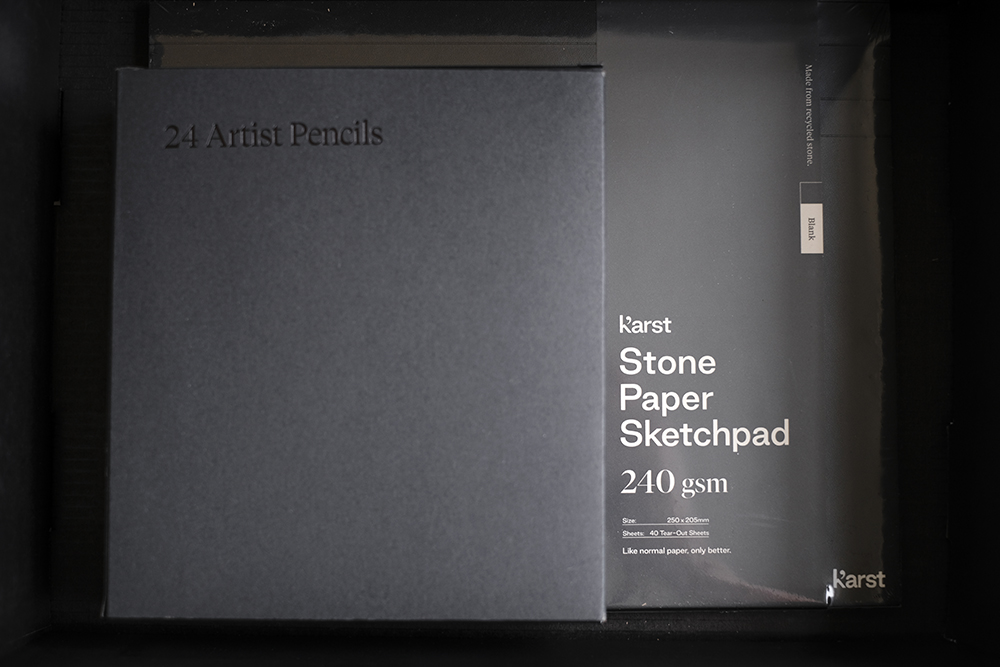
A few weeks ago, I had the opportunity to try the innovative stone paper and woodless watercolor pencils that Karst gifted me.
Update: If you’d like to try the stone paper or woodless pencils too, you can use my discount code Fenne10 or this link for a discount.
It can be tricky to accept a collaboration with an unfamiliar brand or materials, but it’s utterly exciting too! The tickling feeling of waiting, a package arriving at the door (always a plus because most packages arrive in a shop in town), slowly unboxing, and revealing the materials. It’s all part of the fun!
What do you think of watercolor pencils?
My only experience with watercolor pencils was a tin that was gifted to me in the early 90’s. It had beautiful vibrant sea blue on the cover and an image with fish and I was super excited when I got them. I enjoyed drawing but wasn’t impressed by the watercolor aspect as the colors were dull and faint, and I probably lacked the skills to get more out of them- so sadly I never used them.
The Karst pencils provided me with a very different experience.
A little overview:
– The pencils feel rather heavy, probably because they don’t have any wood surrounding the pigments. This also means you can use both the tip and the sides.
– The box contains a nice variety of colors- I value a range that isn’t purely hyper-vibrant colors that only cover the basics. I loved finding the greyish-blue and olive, for example.
– I was surprised by how long they lasted. Even after a few sketches where it felt like I had used a lot of pencil, they still looked new 🙂
– So far, I used them on the stone paper for which they are optimized, but they should work on regular paper too.
Onto another new tactile exploration: the stone paper.
As a lover of rocks and stones, stones as a source to make paper tickled my curiosity. Would it feel like I’m an ancient Roman carving stone?
Well no, the Karst paper is made of calcium carbonate and a natural resin- and it looks and feels like paper, just a bit smoother than average paper and more like polyfilm or coated paper.
It’s also bio-degradable and waterproof so paint doesn’t get absorbed.
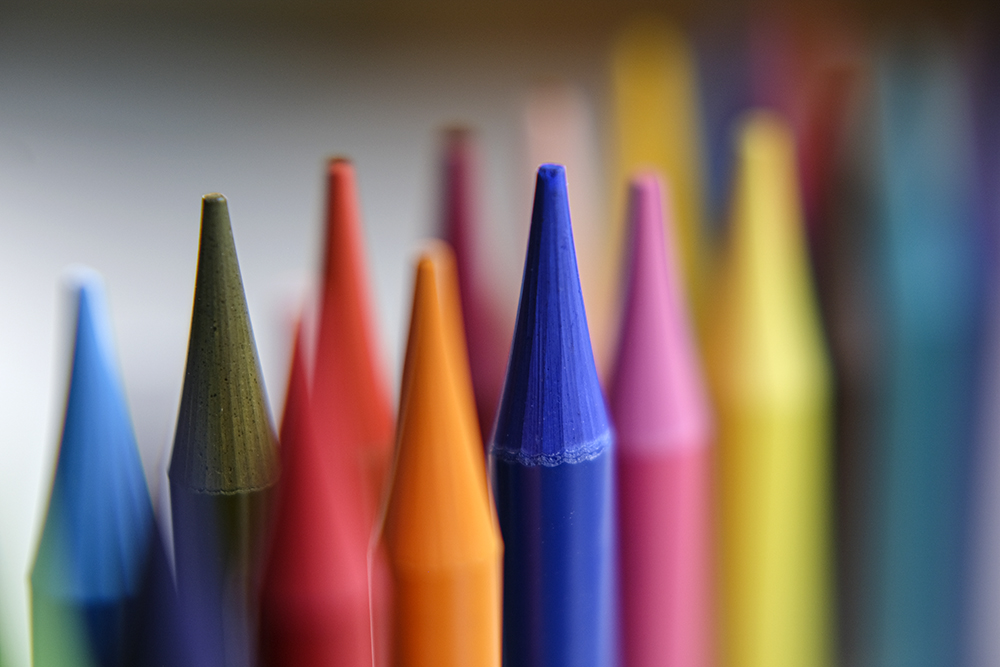
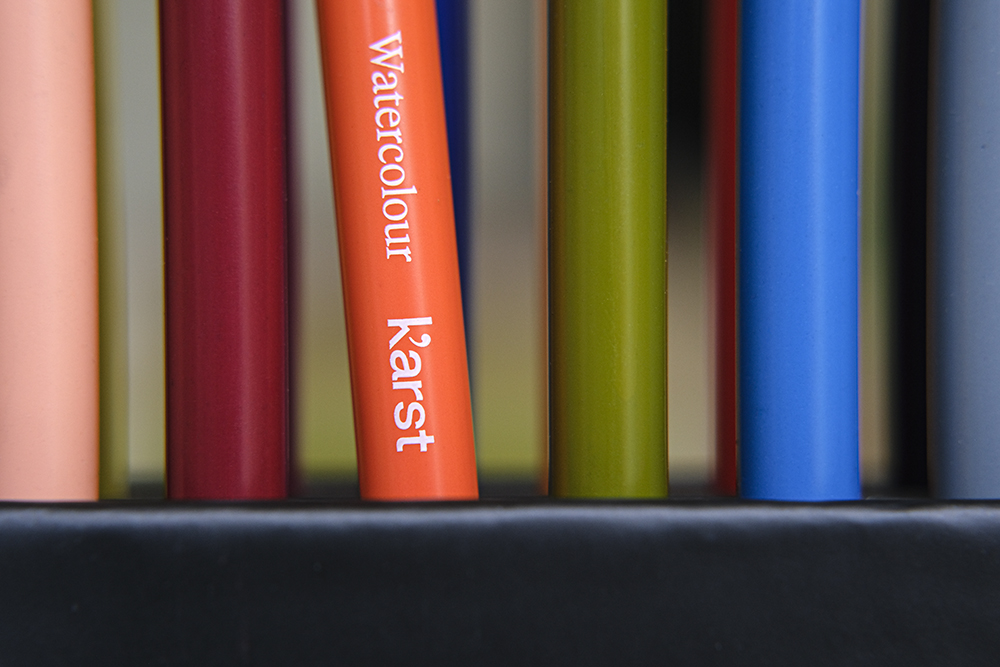

As I do with most new materials, I started with a sample sheet on which I tested each color, then applied water and blended them. This overview of all the colors and their effect (both wet and dry), helps with picking the right colors later.
I chose a few raw and tumbled rocks from my collection because I liked the link to the stone paper, and the opportunity to focus on color and texture.
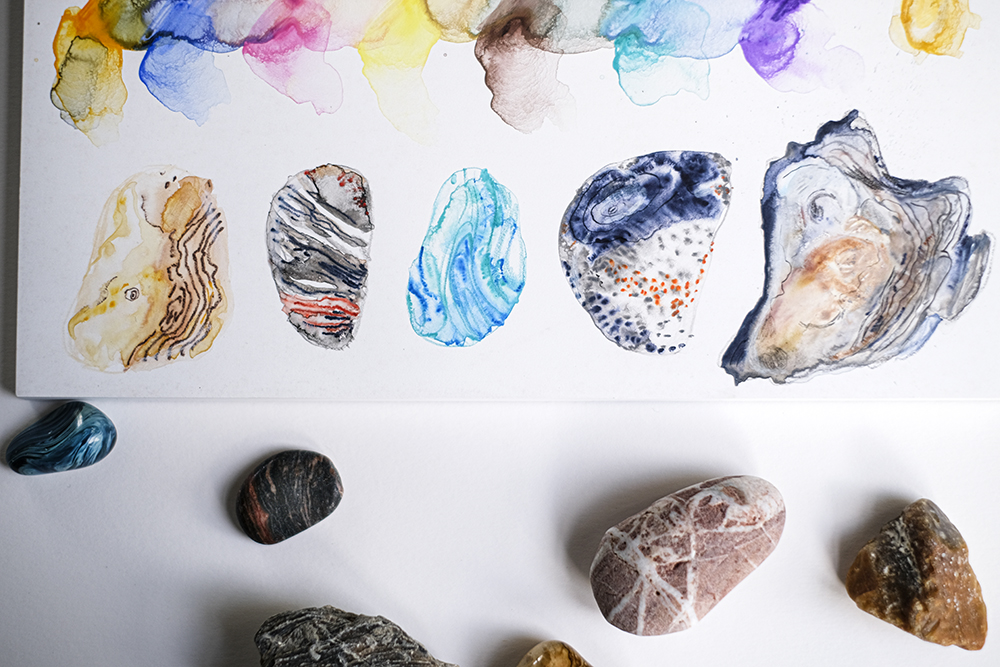
You can use the watercolor pencils in different ways.
– Dry, like a normal pencil.
– Coloring an area first and gently brushing the marks with a wet brush.
– Dipping the pencils in water and then drawing on paper (similar to drawing in wet areas)
Because the paper doesn’t absorb water as watercolor paper would, the watercolor dries a bit differently and I noticed that it tends to show less color in the middle and darker edges. An effect that I sometimes see with alcohol ink paintings- but I’m not a watercolor artist so it might depend on your technique and the amount of water you use. Like with all wet materials, patience is a virtue.
Onto the next sketch!
Two large tumbled pebbles this time. Challenging colors and textures!
While I wasn’t striving for an exact copy of my references, I did want colors that were a close representation of the beauty of these pebbles. Therefore I experimented with mixing colors first and applying them in thin layers. I used the back of my sample chart to scribble different colors next to each other and then blend them with a wet brush. This worked great!
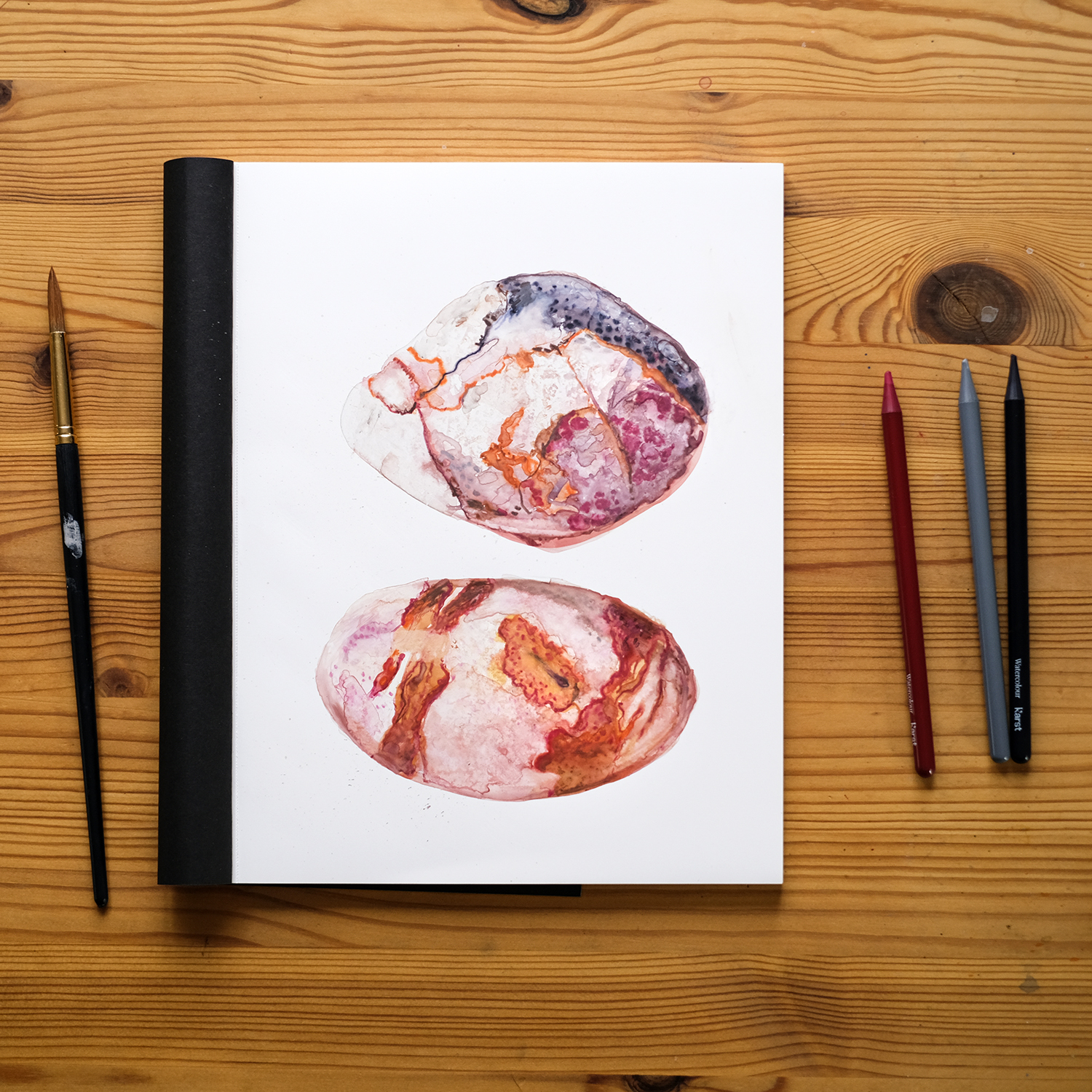
You can see the process in this video:
View this post on Instagram
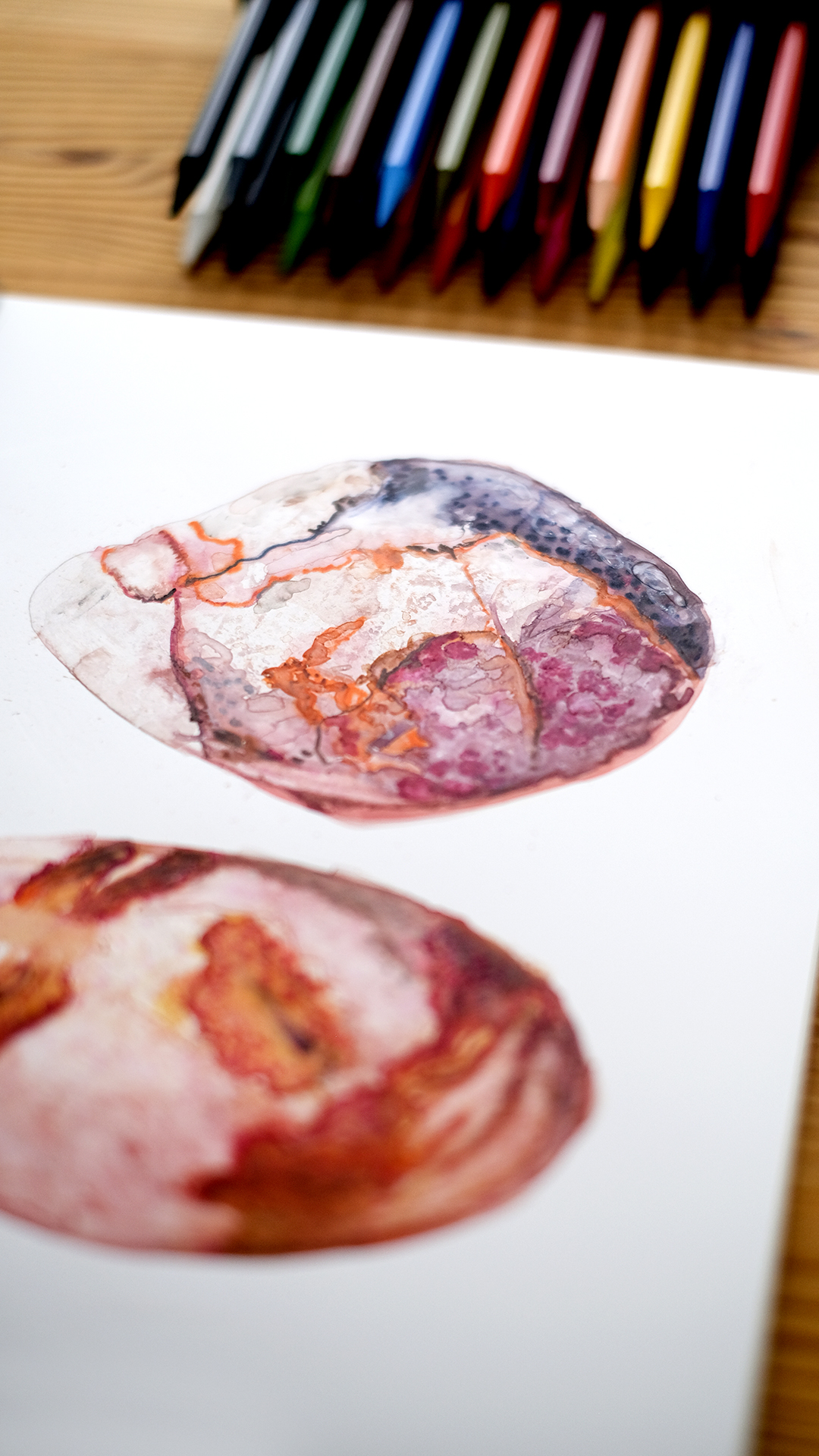
If you would like to know more about the Karst products, you can check the website: karstgoods.com.
